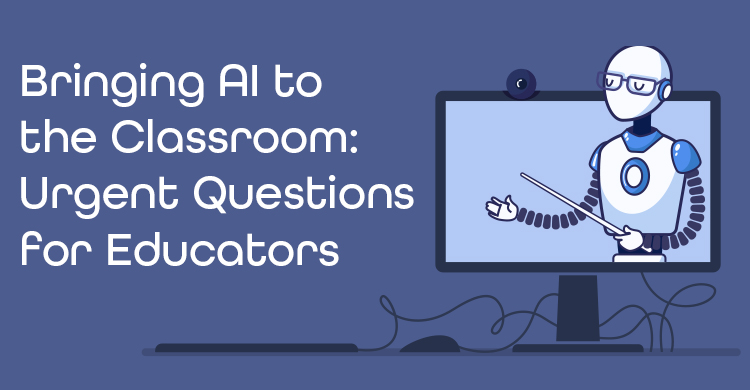Driving Question: Why bother adopting project-based learning as an instructional model?
Last week, I sat in a faculty meeting. Several teachers were wanting to break out of their lockstep, text-driven lessons. The new principal was suggesting project-based learning. The resistance was palpable, mainly because “we already do projects.” The principal’s response was to invite the we-already-do-that folks to show sample PBL work their students had finished. Everyone agreed. The following week’s meeting turned up these examples:
- A table of make-and-take artifacts on poster boards by the third-grade team from their weekly (every Friday afternoon) Pinterest crafts fair
- Two tables of Fort Sumter dioramas by a fifth-grade teacher and two more tables of Egyptian monuments carved from soap by a sixth-grade class
- A bulletin board of formulaic watercolors with the same maple tree in the center from one preK teacher
- A table of eighth-grade digital posters on trifold boards about “my favorite movie”—three of the “best” had been posted on the district website by the tech specialist
- A science fair display by three gifted second-graders who did their projects in their after-school club
12 Reasons Why Not
Setting aside the obvious judgment that the examples presented by less than 30 percent of the staff fell far short of any reasonable criteria for project-based learning, the principal asked the teachers why they had these projects in their schedules. The teachers let us know that they had learned how to do these activities in various courses or workshops. Some identified the need to motivate the kids and keep them interested. Some talked about rounding out the multiple intelligences, and one identified cultural differences and learning styles.
For the others, the question was “Why not?” Where were the projects they had done? The responders made a list with “why nots” to explain the no-show projects claimed to have been done.
- Projects ignore kids’ basic skills.
- What will kids learn if I don’t tell them?
- We have to do standards-based instruction so we can raise our test scores.
- Our daily schedule doesn’t allow extra time for projects.
- We already make digital posters once a year.
- I have to give my students step-by-step instructions for any work. They need the structure.
- My kids never ask questions.
- My students wouldn’t know how to do research.
- Projects take too much time. I have too much material to cover.
- How can you have higher-order thinking when they can’t even recall their vocabulary words?
- Projects promote the bad habits of social media.
- First things first. When kids get the basics down, then there will be time for the other stuff.
12 Reasons Why
The teachers who were hoping to break the lockstep provided a different list. “With PBL” they noted that:
- Students solve real-world problems.
- Students learn to ask important questions and gather data.
- Students draw their conclusions and present new ideas.
- Students struggle with ideas and learn from their mistakes.
- Students cooperate and collaborate.
- Students learn how to call on graphics to organize their thinking.
- Students assess selves and peers.
- Students use technology as learning tools.
- Students tell what they need to know to learn a topic.
- Students present to real public audiences.
- Students tolerate ambiguity.
- Students reflect and discuss what they learned.
The Whys Have It
The principal stayed out of the discussion until the 12 “why” reasons were posted. “For me,” she said, “The whys have it. Everything they say is through the students’ eyes. Their list is not about what the schedule or the textbooks or anything else required or mandated. It’s not just about any learning. It’s about challenging kids to do the thinking and collaborating for the world that is going to be theirs.”
It was easy for me to sit without a word and shake my head up and down.
[author_bio id=”145″]






